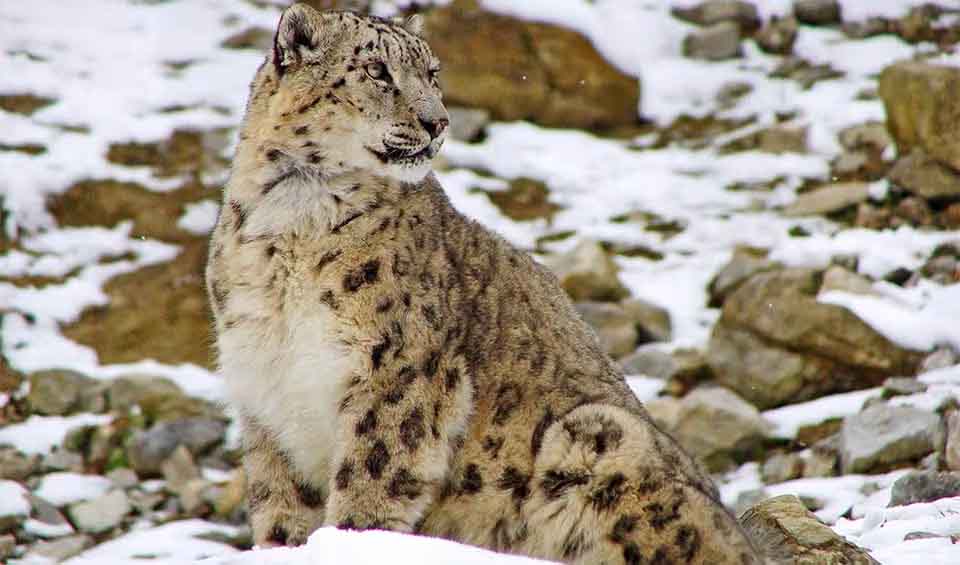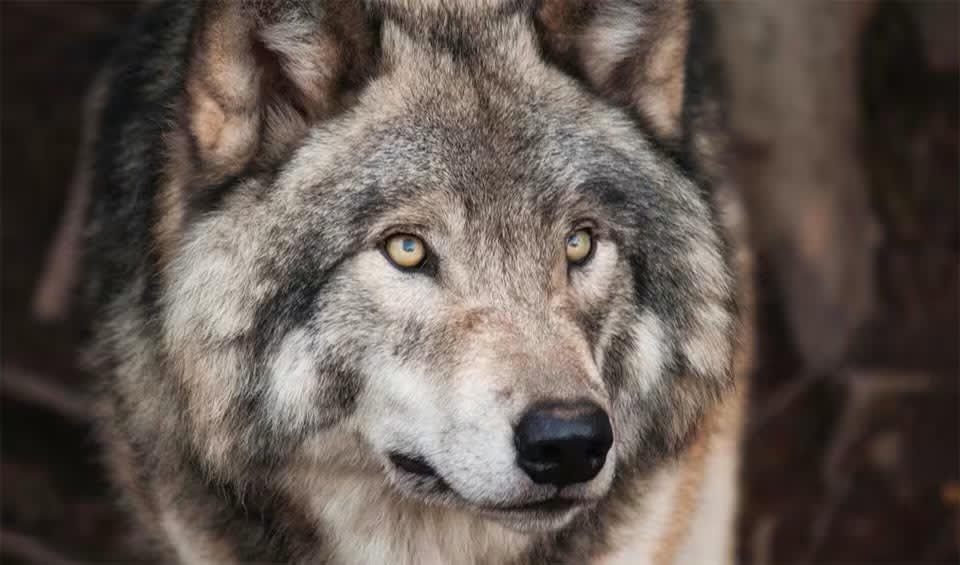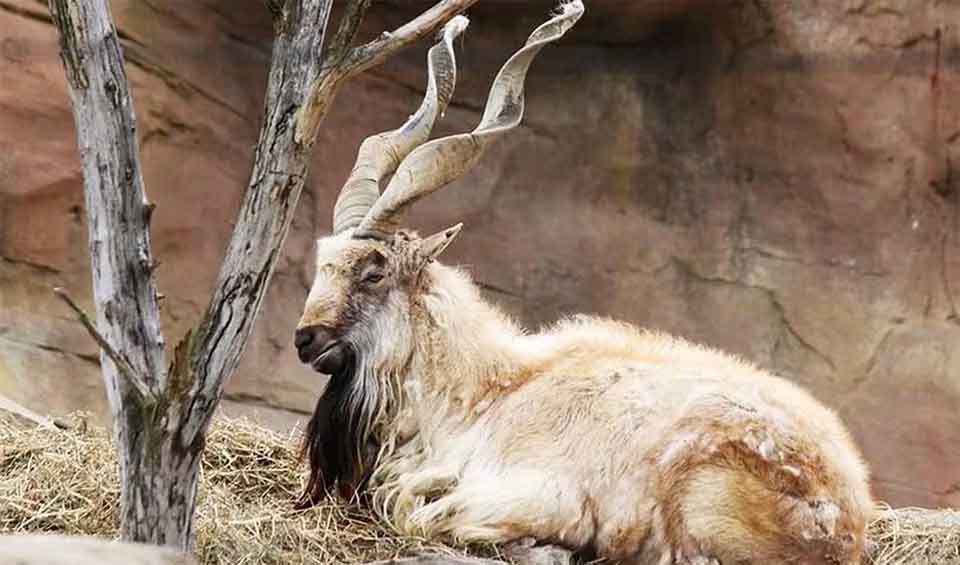Tajikistan, a landlocked country in Central Asia, is renowned for its extraordinary biodiversity, hosting over 23,300 species of flora and fauna. This translates to more than 164 species per thousand square kilometers, highlighting the country’s dense biodiversity. Tajikistan encompasses a variety of major ecoregions such as deserts, steppes, forests, meadows, and wetlands, which support a rich array of species.
The country’s unique ecological diversity, particularly its mountain flora and fish, includes many endemic and rare species, positioning Tajikistan as a key biodiversity hotspot. Covering 93% of the country, Tajikistan’s rugged mountainous terrain plays a crucial role in its ecological variety, earning it recognition as a biodiversity hotspot by Conservation International.
Four pillars elaborated:
Tajikistan is home to a substantial network of protected areas, covering 22% of the country’s total land area. This extensive system includes four strict nature reserves, two national parks, and seventeen conservation areas, with Tajik National Park being the most notable. Spanning over 2.6 million hectares, this park was established in 1992 and encompasses a variety of ecosystems such as high-altitude lakes, glaciers, and alpine meadows. The management and preservation of these protected areas are overseen by the State Institution “Specially Protected Natural Areas,” which ensures their sustainable use and conservation. Land Management
Land Management
Economic growth and increased activity in recent years have been major contributors to biodiversity loss and changes, particularly due to soil degradation which has reduced arable land by 3.2% over the last fifteen years. However, progress has been made in the forestry sector, where a series of reforestation programs have successfully curtailed illegal logging in forest ecosystems by 95-97%. Threats to Biodiversity
Threats to Biodiversity
Over the past 15-20 years, the population has grown to 8 million, escalating demands on biodiversity resources. This has resulted in heightened deforestation, degradation of grasslands, and increases in fishing, hunting, and other exploitative activities, especially in areas home to valuable wild fruit trees. These pressures have dramatically altered habitats and directly threatened numerous species with extinction, placing them at risk of extinction.
The establishment of the National Center for Biodiversity and Biosafety (NBBC) was initiated to effectively manage Tajikistan’s obligations under the UN Convention on Biological Diversity. Officially sanctioned by Government Decree No. 392 in 2003, the NBBC is tasked with various responsibilities. These include integrating biodiversity action plans into sectoral strategies, implementing economic mechanisms, establishing a comprehensive database on flora, fauna, ecosystems, and landscapes, as well as securing funding and executing projects for biodiversity conservation. Capacity and Governance
Capacity and Governance
Additionally, the center is responsible for monitoring the National Biodiversity Strategy and Action Plan (NBSAP) implementation, preparing national reports on biodiversity status, and compiling internal and annual reports. Furthermore, the NBBC conducts analyses and research on diverse subjects such as mountain ecosystems, biotechnology, and biosafety.
Tajikistan has set ambitious goals to restore 66,000 hectares of degraded forests by 2030 and is fostering collaboration for landscape restoration, aiming to significantly contribute to biodiversity conservation and climate change mitigation. Recognizing the pivotal role of agricultural biodiversity in sustaining livelihoods, local economies, and long-term food security, Tajikistan is implementing initiatives to conserve and effectively utilize its diverse agricultural resources. Future Trends
Future Trends
Actively engaging in international endeavors to safeguard biodiversity, Tajikistan collaborates with entities such as the United Nations Development Programme (UNDP) and the Food and Agriculture Organization (FAO), fostering knowledge exchange, capacity enhancement, and resource mobilization for biodiversity preservation.
Biodiversity
Tajikistan, a mountainous country in Central Asia, is characterized by its rich biodiversity and diverse ecosystems, ranging from high-altitude mountains and glaciers to alpine meadows, river valleys, and deserts. The country’s varied topography and climatic conditions support many flora and fauna. The Pamir Mountains, often called the “Roof of the World,” dominate eastern Tajikistan and are a significant center of biodiversity. These high-altitude regions are home to unique species adapted to harsh conditions, such as the snow leopard, Marco Polo sheep, Siberian ibex, and the rare Pamir argali. The alpine meadows and tundra of the Pamirs support various endemic plant species, including several types of wildflowers and medicinal herbs.Tajikistan’s river valleys, such as those of the Amu Darya and Syr Darya rivers, are crucial for biodiversity and agriculture. These valleys support riparian forests and wetlands that provide habitats for various species of fish, birds, and mammals. Wetlands in Tajikistan are important stopover sites for migratory birds, including species like the common crane, ducks, and geese. The desert and semi-desert regions in the southern and western parts of the country, such as the Kyzylkum Desert, support unique flora and fauna adapted to arid conditions. These areas are home to species like the goitered gazelle, desert fox, and various reptiles. The vegetation in these regions includes drought-resistant plants such as saxaul trees, tamarisks, and various grasses.
In the table below are the number of known species in several main groups, how many of these species are Threatened with extinction, and how many of them are Endemic (unique to Tajikistan only):
| Species (World rank) |
Threatened | % Threatened | Endemic | % Endemic | |
|---|---|---|---|---|---|
| Mammals | 84 (#136) | 7 | 8.3% | ||
| Birds | 323 (#112) | 14 | 4.3% | ||
| Reptiles | 55 (#118) | 5 | 9.1% | 2 | 3.6% |
| Amphibians | 5 (#162) | 1 | 20.0% | ||
| Fishes | 4 (#209) | 1 | 25.0% | ||
| Plants | 4,785 (#71) | 12 | 0.3% | 60 | 1.3% |
mammals
Snow leopard
The vanishing big cat of the cold, rugged Himalaya mountains is being executed by the humans
Wolf
The howl of each wolf is different
Markhor
The largest of all goats and Pakistan’s national animal
birds
Saker falcon
Their keen vision enables them to scan vast landscapes, identifying small movements or potential prey items even from high altitudes
Eurasian eagle-owl
These owls have specialized feathers that make their flight nearly silent
Bar-headed goose
These hardy birds are capable of flying at dizzying heights, where even helicopters can’t fly
reptiles
Dice snake
A big, harmless snake that likes to live near freshwater
Desert monitor
Known for their impressive stamina and can travel long distances in search of food and water
Eurasian blind snake
A small, burrowing snake that can’t see well but can smell its way to a tasty insect
National Animals
Tiger
3,000 in the wild and 10,000 in captivity., tigers are being treated as Selfie props than wildlife














